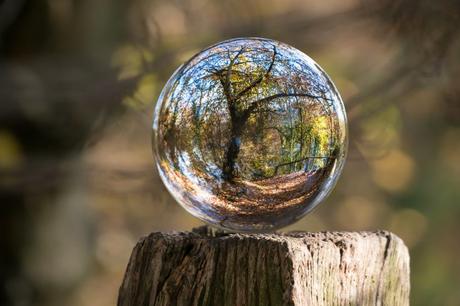he circular economy is a concept has gained in tremendously in popularity in recent years.
The circular economy model is described as a pragmatic win-win solution. Almost a magical fix to our environmental problems. The overall aim is to use closed-loop production to ensure that resources are in play for as long as possible.
Our approach to economy is linear - we make products out of materials, we use it, and often, throw it away not long after. Produce, use, throw, repeat. Yet, this current linear model is undermining the foundation of our future.
From January 1 to August 2, the world's 7.5 billion people have used as much of Earth's biological resources as the planet can regenerate in a year - Earth Overshoot Day. During the remaining five months of 2017, our human consumption will be depleting Earth's capacity to regenerate resources such as fresh water, fertile soils and forests. In short, we are consuming resources that Earth cannot replace. We are living beyond our means.

The goal with circular economy is to create an economy that relies on renewable energy and to minimise and eradicate waste through careful design.
The main principles can be defined as:
- Design out waste.
- Build resilience through diversity.
- Work towards using energy from renewable sources.
- Think in 'systems'.
- Think in cascades.
Circular economy is described as not only a way to easing climate change and problems related to waste but also as a way to ensure economic growth and creating more jobs. Companies can continue to grow and flourish under the circular economy.
Some business benefits with circular economy:
- Optimising the use of materials
This can lead to singificant cost savings, for example, Dutch based multinational Philips saved €471 million last year by simplifying its operating model.
- Realising new revenue streams
Circular economy can help a company to rethink its product or service. This can help them to find new revenue streams, product or service innovations.
- Enhancing stakeholder relationships
The companies display themselves as a responsible business
Sounds like more or less a miracle cure. But is it?
When exploring ideas and suggestions is vital to explore positive as well as negative aspects . Eagerness to sell an idea can lead to an overoptimistic view as well as overlooking the real issues with a suggestion.
There are two main problems with the vision. Firstly, it rests on the assumption that there is an endless supply. On a finite planet, a continuous economic growth might be a problem or not even an option. Secondly, is the idea to increase global corporations power really a viable solution to our ecological crises?
If given a choice, most of us would choose economic growth rather than eclogical stbility. But maybe we need to reconsider this choice if we are going to avoid a catastrophe.

One possible solution to the lack of resources in the future is that future scientists will find some unknown planet that can solve our problems. But the question is whether it is fair to make such a gamble. Perhaps many of us are prepared to make such a gamble because we do not think that we are gambling on our own personal future.
Furthermore, should global companies be left to the shaping of the circular economy? Perhaps the changes should be owned by citizens. Perhaps there are ways to enhance citizens power
The idea that by re-using materials and maximizing our recycling we can cure-all problems is relying on too simplistic analysis of the situation. Perhaps more-of-the same thinking will not solve the ecological crises.

